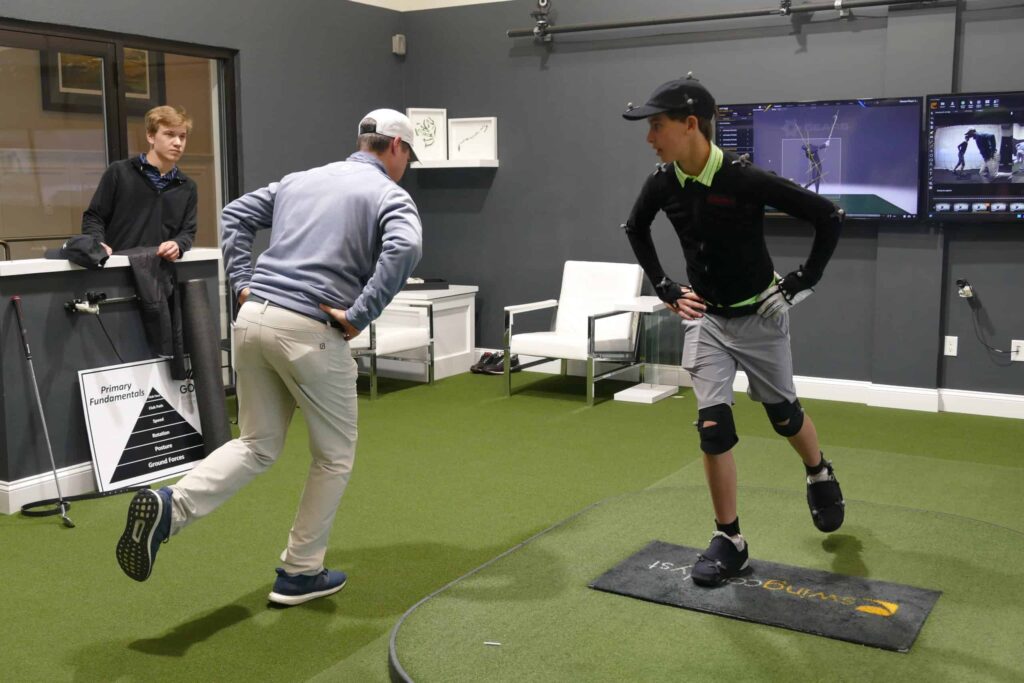When coaching junior golfers, proper equipment plays a major role in performance, safety, and long-term development. One of the most important components? The shaft.
Why Does Equipment Matter?
From fitting many juniors and seeing what can happen in their development, these are the main effects of poorly fitted golf clubs:
- Inconsistencies in movement and posture throughout the swing
- Inconsistent swing patterns
- More prone to injury risk
- Inconsistencies in contact – club and ball speed
The Test
Two junior golfers—Matthew (4’11”) and Keegan (4’7”)—were tested swinging both their own clubs (properly fitted US Kids) and longer, heavier alternatives (adult sized driver and 7 iron)
Results showed:
- Ball speed dropped with longer and heavier clubs
- Club speed remained similar for the first 5 or swings then speed decreased by 3 to 5mph after 10+ swings.
- Posture and movement changed when using longer clubs
- Enjoyment decreased with heavier equipment.

Key Takeaways
1. Length and weight of the golf club affects performance – Longer/heavier clubs can disrupt posture and swing.
2. Injury potential – Juniors may compensate with poor mechanics.
3. Speed ≠ quality – Higher club speed doesn’t guarantee better ball striking.
4. Fun matters – Kids enjoy the game more with well-fit, lighter gear.
Fitting Guidelines
When fitting juniors:
- Prioritize correct length, shaft weight/flex, and grip size.
- Consider lighter weight overall in club heads and shafts
- Consider simple bag (ie: driver, 5 wood, hybrid, 6 iron to SW, and putter) – some do not create enough speed to warrant getting the full 14 clubs due to overlap in distance
- Transition to adult equipment gradually when club speed with the driver hits 75–90 mph.
Shaft Examples (Available at GPC)
- Irons (Graphite): 40–70g (Recoil, Accra, Mitsubishi)
- Drivers/Woods: 40–50g (Flexes: R3, R2, A, R)
Final Thoughts
Better gear = better development. Fitting clubs properly not only improves performance, but also keeps young golfers safe, confident, and engaged.


